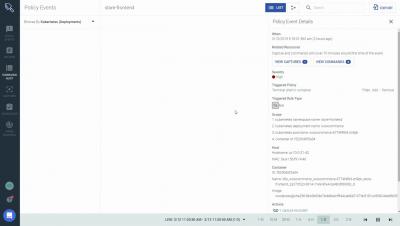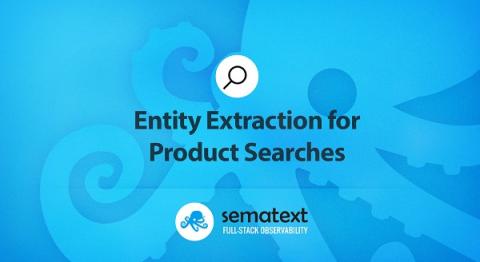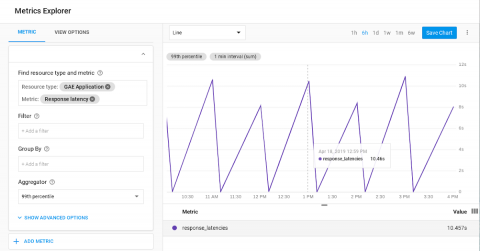Operations | Monitoring | ITSM | DevOps | Cloud
%term
Sysdig Secure: Working with Policies
Sysdig Secure: Policy Events
Entity Extraction for Product Searches
Entity extraction is, in the context of search, the process of figuring out which fields a query should target, as opposed to always hitting all fields. The reason we may want to involve entity extraction in search is to improve precision. For example: how do we tell that, when the user typed in Apple iPhone, the intent was to run company:Apple AND product:iPhone? And not bring back phone stickers in the shape of an apple?
The simplest prioritization tip money can buy
How to use Stackdriver monitoring export for long-term metric analysis
Our Stackdriver Monitoring tool works on Google Cloud Platform (GCP), Amazon Web Services (AWS) and even on-prem apps and services with partner tools like Blue Medora’s BindPlane. Monitoring keeps metrics for six weeks, because the operational value in monitoring metrics is often most important within a recent time window. For example, knowing the 99th percentile latency for your app may be useful for your DevOps team in the short term as they monitor applications on a day-to-day basis.
5 IT Service Desk Reporting Tips
Why DevSecOps Is Good Business
Back in 2002 when I was a (very) junior programmer at a German enterprise software company I was lucky enough to be part of a small team that was building what you would now call a SaaS app. Up until now, the company had made all their profits by selling desktop software written in a language most people likely have never heard of: FoxPro. But instead of spending my days debugging FoxPro code, I was now green fielding JAVA web services.
Using React Select with Redux Form
At FireHydrant we use Redux Form for all of our forms. It is extremely easy to build complex form logic with all sorts of added bonuses that make using it in our React/Redux front end a no brainer. However, when we started using React Select for our select fields we started running into some issues. You are likely running into some of the same issues we did and so this blog post will help get you off the ground and integrating these two libraries together.











